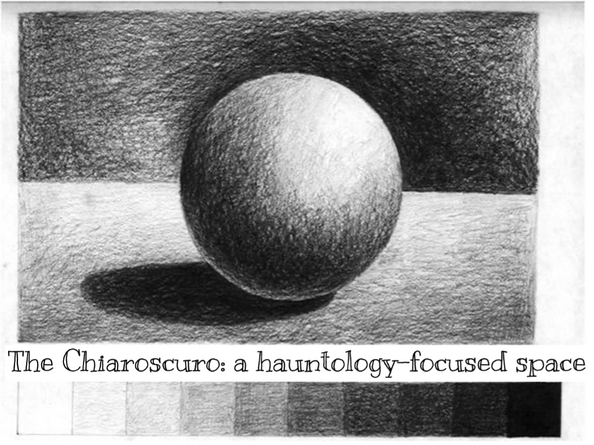A post by Marta Roriz
Introduction
Tourism has today a significant impact on cities and urban lives around the world. Urban tourism and the exploration of local topographies as tourist destinations have led to a complex co-production and co-consumption of urban spaces by tourists and local residents. The significative increase of tourism following the Second World War, in both developed and developing countries, is the result of various economic, technological, social and political changes (Wearing, Stevenson and Young 2010; Graburn 1989; Urry 2002), leading Crick (1989: 310) to describe it as “the largest movement of human populations outside wartime”. People travel for pleasure, but also to experience new places as well as to return to the familiar and the known. Some are motivated to learn about other people and cultures, while others seek to gain insights into the self through travel (Wearing, Stevenson and Young 2010).

